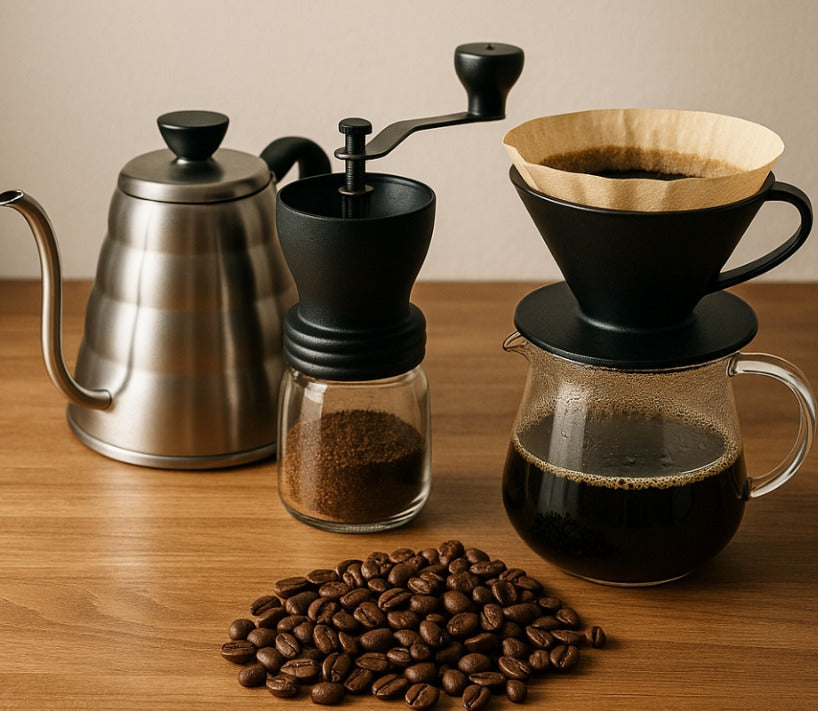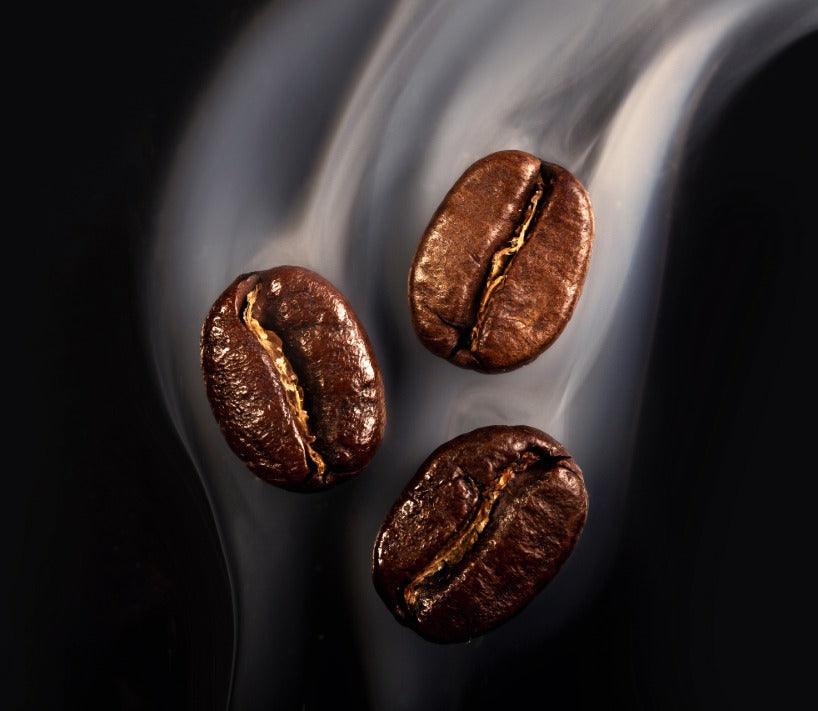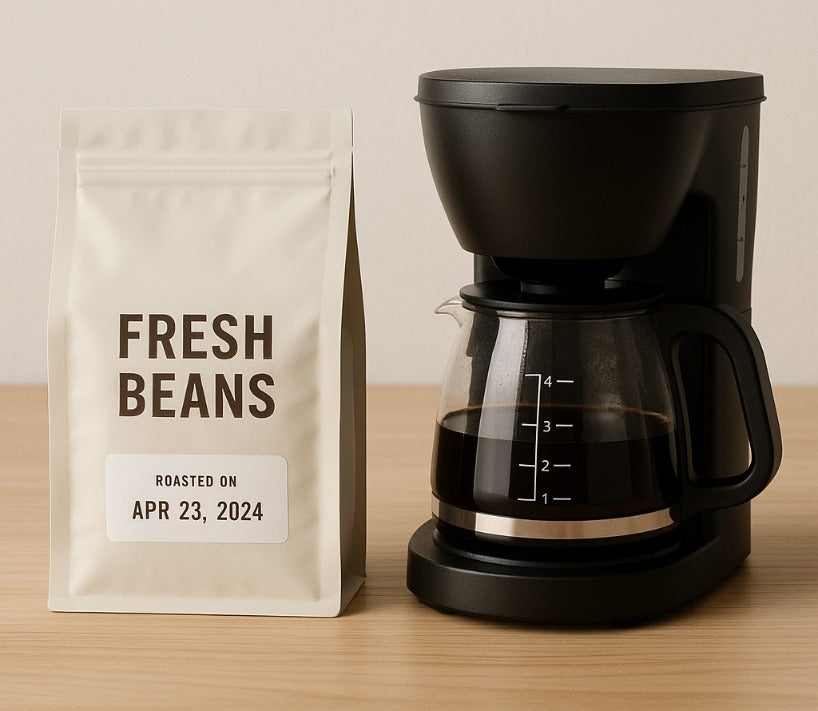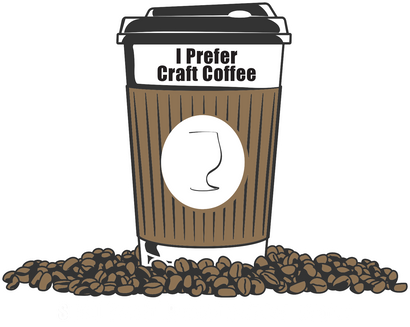Hot Vs. Cold: The Great Water-Temperature Showdown—Why Your Brew Method Isn’t Just A Phase
May 16, 2025 4 min read
Hot Vs. Cold: The Great Water-Temperature Showdown—Why Your Brew Method Isn’t Just “A Phase
Wait… You Mean Water Temperature Matters?
Ever stared at your French press, AeroPress, and fridge-steeped Mason jar and wondered, “Why on earth do some recipes scream for boiling water while others have me babysit coffee grounds in cold water for half a day?” If you’ve Googled best craft coffee at home or asked a friend, “Where can I buy fresh coffee beans near me?” you’ve already stepped into the rabbit hole. Buckle up: today I’m demystifying why hot-water brews and slow-brew cold brews exist, how they differ, and—most importantly—how you can use this knowledge to sip smarter.
Nerdy (But Fun) Science in Plain English
I’m breaking this section into three digestible acts so you stick around without needing a pot of the best espresso beans to stay awake.
Act 1: What Hot Water Really Does
1. Rapid Extraction
Hot water (195–205 °F/90–96 °C) is basically coffee’s personal trainer—forcing flavor compounds, oils, and acids to hurry up and dissolve. That’s why a pour-over or espresso shot bursts with aroma within seconds to minutes.
2. The Acid & Bitter Balance
High temps dissolve organic acids early, giving brightness, then shift into bitters if you let them. That’s why a three-minute French press tastes balanced, but a nine-minute one resembles liquid disappointment.
3. Volatile Aromatics
Many fruity or floral notes are “volatile,” meaning they run away as vapor the moment water hits them. Hot brewing captures these aromas in your mug before they disappear—perfect for good coffee to drink black.
Act 2: Cold Water’s Slow & Steady Game
1. Low-Temp Solubility
Cold (or room-temp) water is polite—it asks flavor compounds to leave the bean slowly. Acids are shy at low temps, so fewer of them escape. Result: cold brew tastes smoother, sometimes sweeter, and less acidic, making it a hit for folks searching the best coffee for non coffee drinkers.
2. Time Is a Tool
Because cold water extracts at a snail’s pace, you steep for 12–24 hours. During that siesta, caffeine still sneaks out just fine (caffeine is water-soluble over a wide temperature range). That’s why cold brew can feel stronger even though it tastes mellow.
3. Shelf Stability
Hot brews go stale in minutes. Cold brew’s low-acid profile oxidizes slower, gifting you a concentrate that stays tasty for days—handy if you rely on top coffee delivered monthly and want every drop to last.
Act 3: Why Two Processes Exist (Besides Torturing Home Baristas)
| Brewing Goal | Hot Water | Cold Water |
|---|---|---|
| Speed | 30 sec–5 min | 12–24 hrs |
| Flavor Focus | Bright acids, complex aromatics, lively mouthfeel | Chocolatey, nutty, low-acid smoothness |
| Best For | Espresso, pourover, French press—showcasing terroir of best small batch coffee | Iced lattes, large-batch prep, gifting (“coffee beans as a gift” never tasted so mellow) |
| Drawbacks | Risk of bitterness if you over-extract | Requires planning ahead and more coffee per ounce |
Takeaway: They’re not arbitrary rituals—they’re engineered to highlight different sides of the bean. Think of hot brewing as a rock concert (high energy, short set) and cold brew as an acoustic session (laid-back, extended vibes).
Actionable Tips to Brew Like a Pro
You stuck with me through the geekery; now let’s make it practical.
1. Match the Grind to the Method
Hot brew: medium-fine for most pour-overs; fine for espresso.
Cold brew: coarse—as chunky as sea salt—so you don’t create a silty swamp.
2. Control the Ratio
-
Hot pour-over: ~1 g coffee : 15–16 g water.
-
French press: ~1 g : 14 g.
-
Cold brew concentrate: ~1 g : 4 g (dilute 1:1 or 1:2 to drink).
Dial these in with your best tasting whole bean coffee and you’ll taste every nuance.
3. Mind the Water Quality
Hard water mutes flavor; super-soft can taste flat. Aim for mid-range mineral content (around 75–150 ppm). Yes, the stuff inside the bean matters, but the liquid outside matters, too.
4. Use Fresh, High-Quality Beans
Whether you buy specialty coffee online or snag a local micro-lot, look for a clear roast date. Fresh beans amplify whatever brew method you choose—there’s no shortcut here.
5. Experiment & Log
Keep a simple journal (grind size, dose, brew time, and, yes, water temp) for each recipe. Soon you’ll know exactly how to showcase that best craft coffee online order or handle the bag labeled “best coffee online” with empirical confidence.
6. Serving Tricks
-
For Hot Coffee: Pre-heat your mug so those delicate aromatics stay locked in.
-
For Cold Brew: Add a pinch of salt if it tastes too flat; it brightens sweetness without re-introducing acidity.
7. Gift Advice (Holiday Pro-Tip)
If you’re eyeing a gift for coffee lover or browsing presents for coffee lovers, include a note explaining why you chose hot-brew-friendly Ethiopian beans vs. cold-brew-loving Brazilian naturals. Trust me—knowledge wrapped in humor makes you the gifting MVP.
Final Sip
To recap in one breath: hot water is your fast-acting flavor extraction tool, perfect for spotlighting bright acidity and delicate aromatics in the best specialty coffee online. Cold water is the zen master—slow, smooth, and sweet—with lower perceived acidity and a forgiving shelf life. Different processes exist because coffee’s thousands of soluble compounds behave like divas: some belt out their notes only under heat, while others whisper their sweetest tune when coaxed gently over time.
Armed with these insights, you can brew confidently, whether you’re chasing café-style espresso shots or a week’s worth of fridge-ready cold brew. So grab those fresh beans, pick your water temperature, and turn every cup into an intentional, delicious science experiment—minus the lab coat (unless that’s your thing). Cheers to smarter sipping!
Also in Best Coffee To Buy Online Education

Brewing The Best Coffee at Home: Stop Waiting in Line
November 03, 2025 4 min read
Learn Brewing The Best Coffee at Home with a quick Proof → Promise → Plan system: choose fresh, roast-dated beans, use a simple 1:16 recipe at 200°F, and lock a 4–6 minute routine that beats the drive-thru on taste, time, and cost.

Best Tasting Coffee At Home: Stop Buying “Deals,” Start Buying Value
November 02, 2025 4 min read
Want the Best Tasting Coffee At Home? Skip old ‘deal’ beans. Use fresh, high-scoring, air-roasted coffee and a simple 1:16 plan. This guide shows proof, a clear promise, and a step-by-step plan to order smart, brew better, and enjoy sweeter, cleaner cups—daily.

Best Coffee To Make At Home: Fresh Beans, Simple Plan
October 31, 2025 4 min read
Learn the Best Coffee To Make At Home with a tiny, repeatable system: pick fresh, high-scoring, roast-to-order beans; brew at a simple 1:16 ratio; fix cups with one change at a time. Includes a comparison table, freshness rules, and beginner-friendly FAQs.
